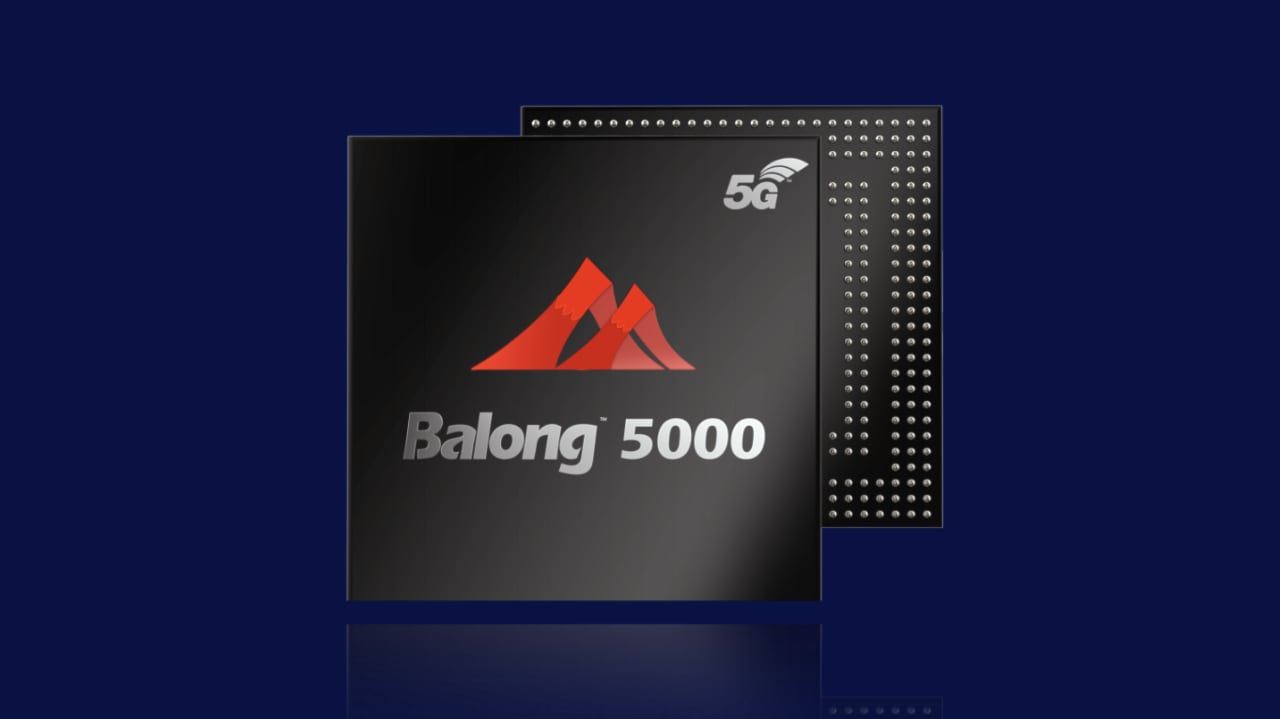The next big smartphone revolution is through 5G technology and almost all of the major smartphone manufacturers have at least one 5G device in the market right now. In the race to release 5G enabled smartphones, companies might have to sacrifice on design efficiencies. A new report from the research firm IHS Markit highlights this particular point, especially when it comes to Huawei’s first-generation 5G modem, the Balong 5000.

In its report, IHS Markit tore down six current 5G smartphones in the market from vendors like Samsung, LG, Xiaomi, Oppo, OnePlus, and Huawei. Samsung has its own 5G modem while other companies, excluding Huawei, relies on Qualcomm’s X50 5G modem. The teardown of Huawei’s Mate 20 X 5G model reveals some interesting design elements.
The report highlights that the Balong 5000 5G modem isn’t really efficient in terms of space and feature management. To start off, the Hisilicon’s Balong 5000 modem is the only multi-mode 5G modem in the market right now. This means that the modem can switch between 5G/4G/3G/2G without any need for an additional LTE modem. However, the Mate 20 X 5G comes with a Kirin 980 SoC that already has an integrated LTE modem inside. So, the LTE chip inside the Kirin 980 is practically unused.
Editor’s Pick: A Chinese Smartphone Maker will reportedly Use Samsung Exynos Chip for its 5G Phone
Also, the die size of the Balong 5000 is significantly larger than its competition. For example, its die size (built on 7nm) is 50% larger than Qualcomm’s X50 modem that’s manufactured on the 10nm process. Of course, Balong 5000’s multi-mode capability could add to its size, but IHS Markit states that the modem will still be comparably larger than the upcoming Qualcomm X55 solution built on a smaller 7nm process.
Further, the Balong 5000 modem is significantly denser than the competition because it comes with a staggering 3GB of LPDDR4 SDRAM inside. In comparison, other modems like Snapdragon X50 come with just a few hundreds of megabytes of SDRAM.

Well, this report practically brings out the inefficiencies of Huawei’s Balong 5000. But it’s worth adding that it doesn’t hamper its ability to support 5G networks. Huawei could have decided to go ahead with this design probably because it wanted to speed up the release of its 5G smartphone. Another possible reason mentioned by IHS Markit is that the modem was developed by its in-house Hisilicon subsidiary. Hisilicon doesn’t really have to cater to the demands from other OEMs that would have forced it to make its modem more efficient.
Well, first-generation 5G solutions were never going to be perfect. But it’s worth adding that companies are working towards making 5G modems more efficient. The IHS Markit report concludes by saying “better, cheaper and faster 5G smartphones are on the horizon”. For more information on the report, hit the source link below.
UP NEXT: 10 Things You Should Know About Huawei’s HarmonyOS
(Source)







